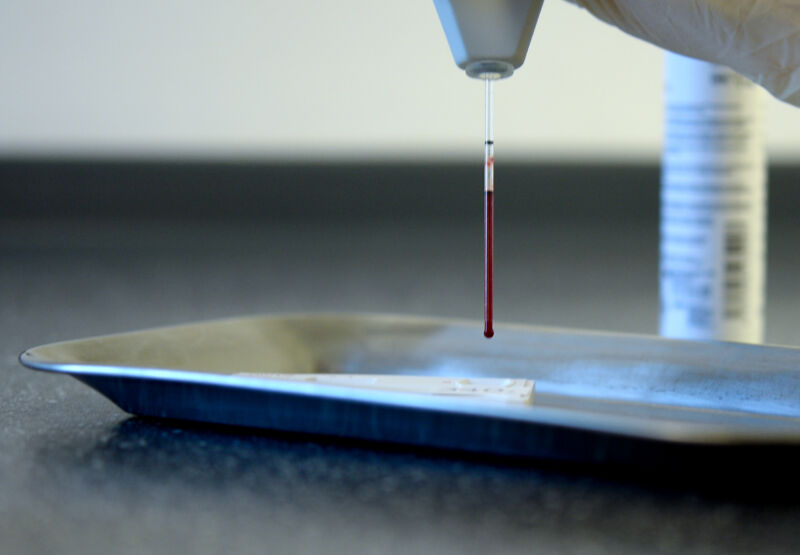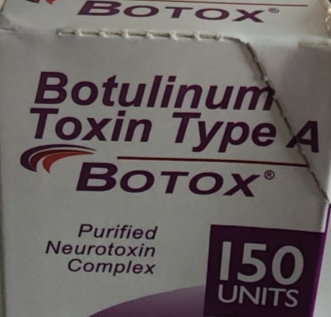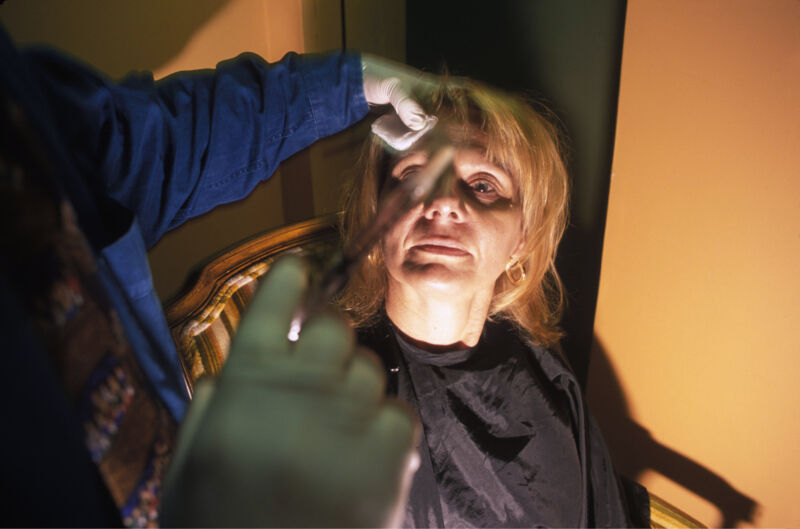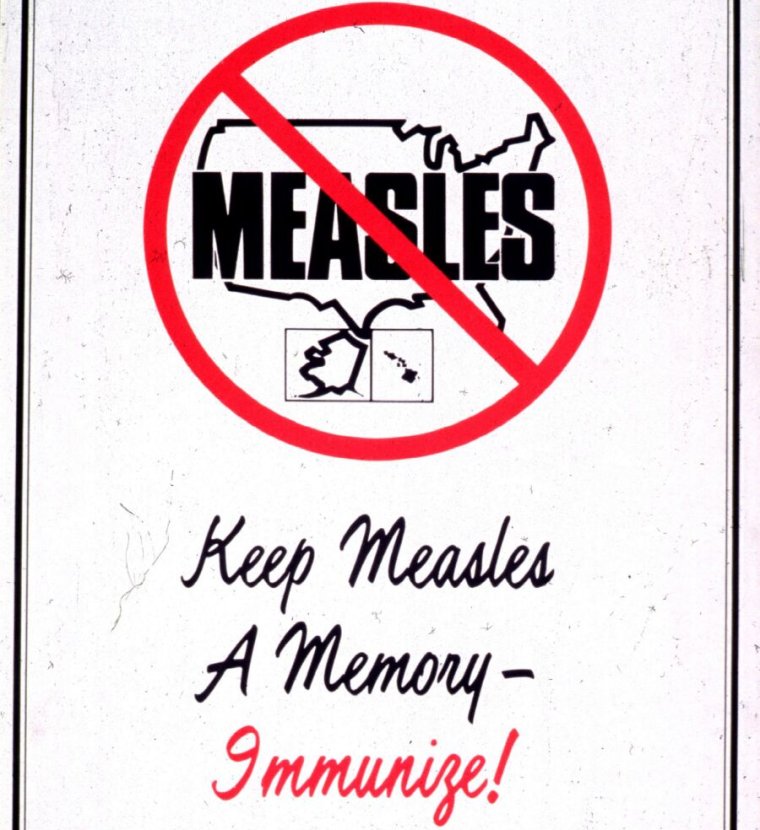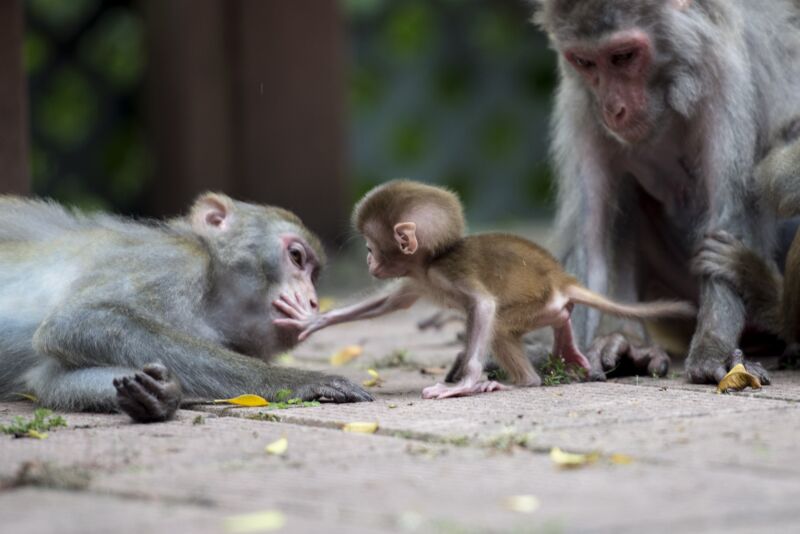-
 chevron_right
chevron_right
Alarming superbug from deadly eyedrop outbreak has spread to dogs
news.movim.eu / ArsTechnica · Yesterday - 20:07 · 1 minute
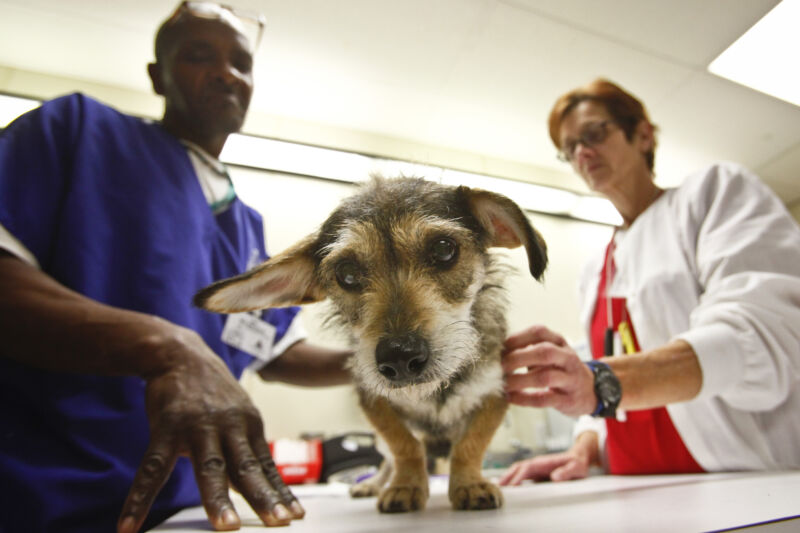
Enlarge / A dog gets examined by veterinary technicians in Texas. (credit: Getty | Michael Paulsen )
Two separately owned dogs in New Jersey tested positive last year for a dreaded, extensively drug resistant bacterial strain spread in the US by contaminated artificial eye drops manufactured in India. Those drops caused a deadly multi-state outbreak in humans over many months last year, with at least 81 people ultimately infected across 18 states. Fourteen people lost their vision, an additional four had eyeballs surgically removed, and four people died.
The preliminary data on the dogs—presented recently at a conference of disease detectives hosted by the Centers for Disease Control and Prevention—highlights that now that the deadly outbreak strain has been introduced around the US, it has the potential to lurk in unexpected places, spread its drug resistance to fellow bacteria, and cause new infections in people and animals who may have never used the drops.
The two dogs in New Jersey were not known to have received the drops linked to the outbreak: EzriCare Artificial Tears and two additional products made by the same manufacturer, which were recalled in February 2023 . Such over-the-counter products are sometimes used in animals as well as people. But the dogs' separate owners said they didn't recall using the drops either. They also didn't report any exposures in health care settings or recent international travel that could explain the infections. One of the dogs did, at one point, receive eye drops, but they were not an outbreak-associated brand. The only connection between the two dogs was that they were both treated at the same veterinary hospital, which didn't stock the outbreak-associated eyedrops.


